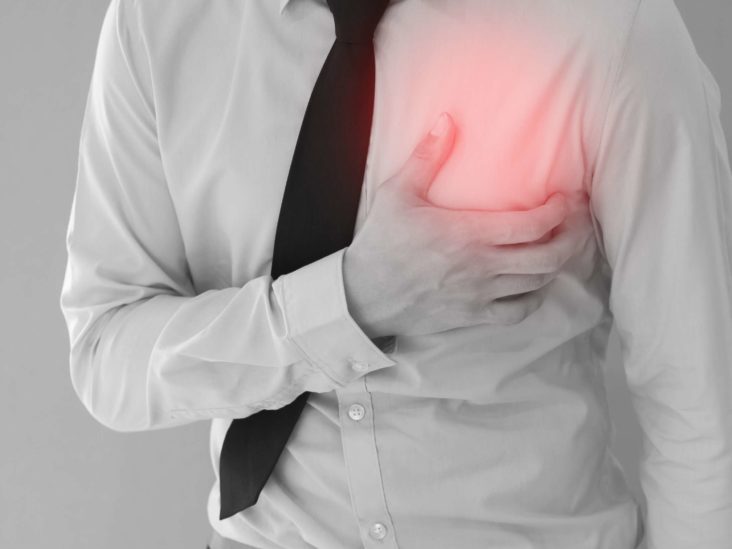Pulse Rhythm The normal pulse rhythm is regular, meaning that the frequency of the pulsation felt by your fingers follows an even tempo with equal intervals between pulsations. If you compare this to music, it involves a constant beat that does not speed up or slow down, but stays at the same tempo. There are two types of pulse, the Peripheral pulse and Apical pulse. Apical pulse is usually used for infants and children up to 3 years of age. Apical pulse assessment is indicated for clients whose peripheral pulse is irregular and for client with cardiovascular, pulmonary and renal disease.
Vital Signs
Vital Signs are a basic component of assessment of physiological and psychological health of a client. Body temperature, pulse, respiration and blood pressure are the signs of life. Assessment of vital signs allows the nurse to:
1. Identify specific life threatening conditions and plan the needing nursing interventions.
2. Detect changes in the client’s health status.
Vital signs/cardinal signs in a normal healthy individual remain constant. They are called “vital signs” because of the following reasons:
1. These findings are governed by vital organs and often reveal even the slightest deviation from the normal body functions.
2. The changes in the condition of the client, improvement or regression may be detected by the observation of these signs.

Normal Apical Pulse For Adults

3. Significant variations in these findings may indicate problems relating to insufficient consumption of oxygen, blood depletion, electrolyte imbalance, bacterial invasion and other problems.

Normal Apical Pulse For 5 Year Old
4. Through these signs, specific information may be obtained that will help in the diagnosis of disease, the result of treatment, medications and nursing care.
Normal Apical Pulse Sound
5. Even the client’s emotional state may also cause a significant variation in the symptoms.
The normal body temperature is 37 degree celcius in adults
The normal pulse is 72/minute in adults
The normal blood pressure is 120/80 mm of Hg in adults

